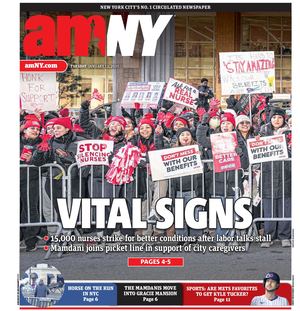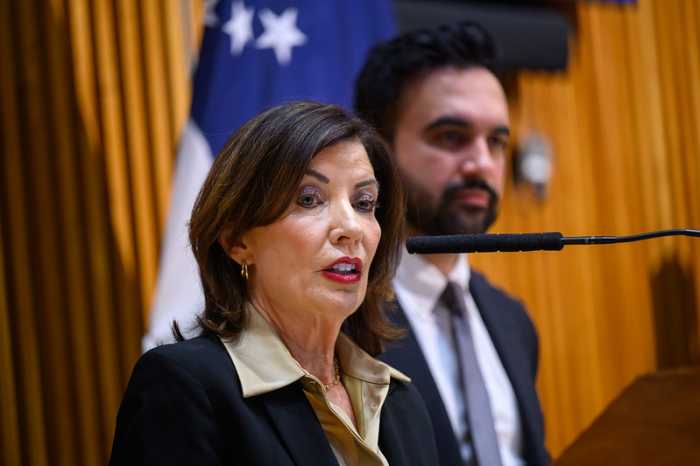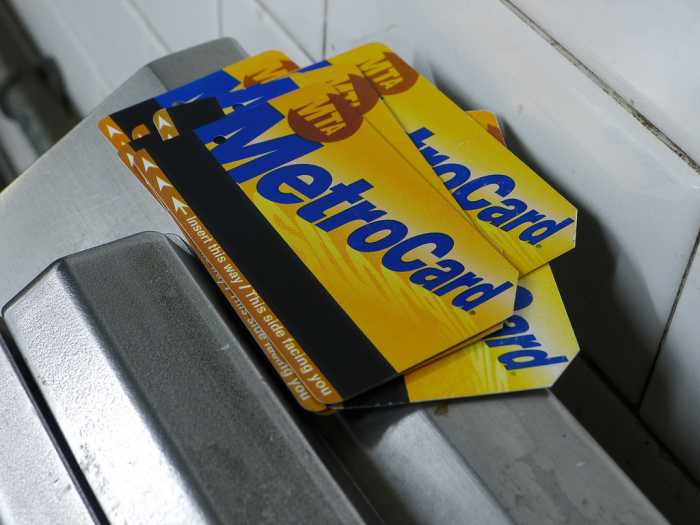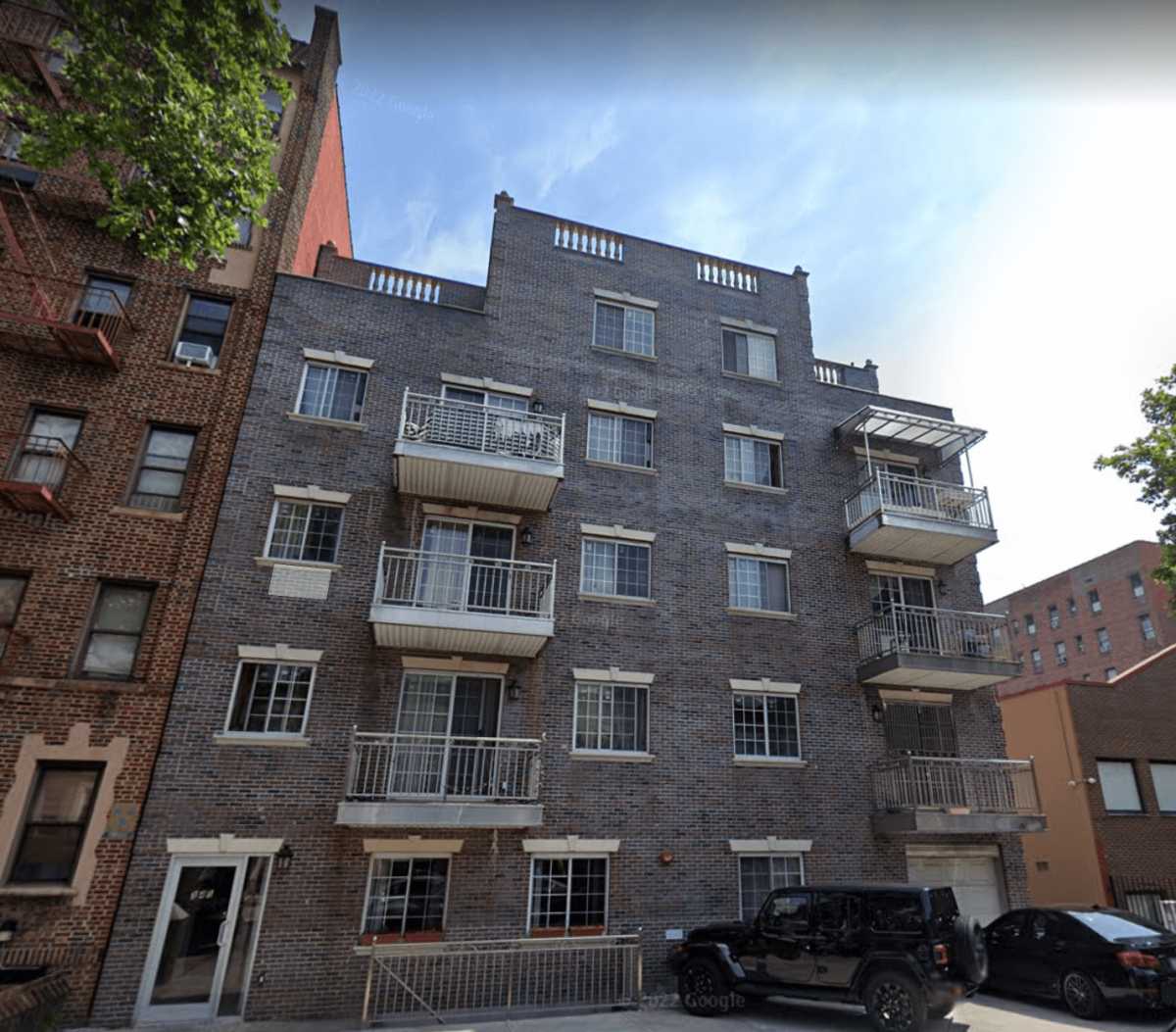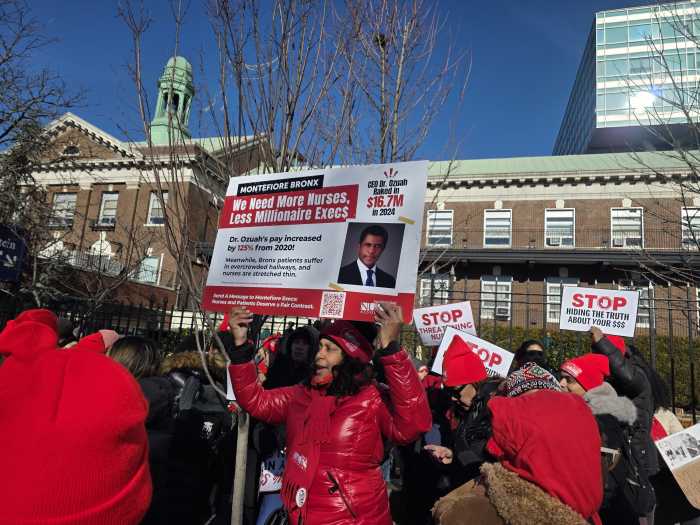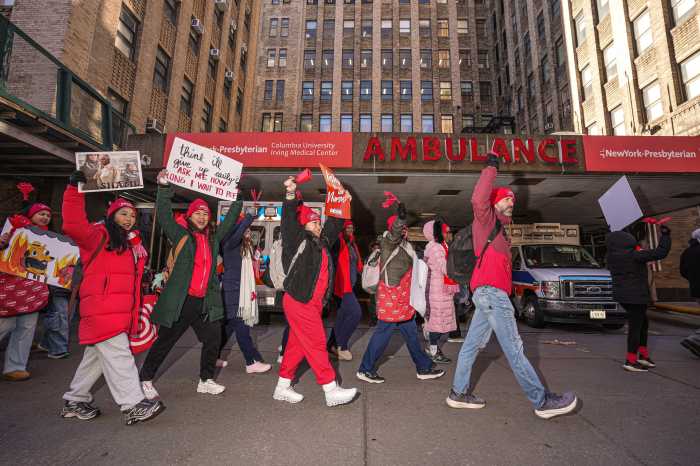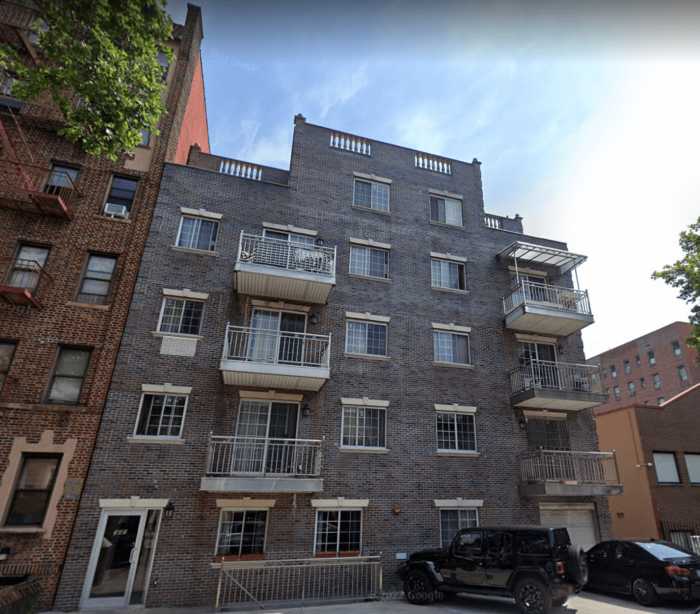He’s the man tasked with making signal problems a thing of the past.
The MTA has hired transit executive Pete Tomlin to oversee the re-signaling of the subway system, the authority announced Thursday. Tomlin’s job will be replacing the century-old signal system — essentially the traffic lights of the subways — with a modern equivalent that is expected to fail less frequently and allow the MTA to run more trains closer together.
“I love delivering world-class signaling systems,” Tomlin said in a statement. “And as NYC Transit is probably the most prestigious system in the world with many challenges, it is tremendously exciting for me to be a part of something that delivers a world-class service for the people of New York.”
Tomlin will work under the blueprint outlined in NYC Transit President Andy Byford’s 10-year modernization plan, known as Fast Forward. The majority of the roughly $40 billion plan, however, remains unfunded.
Byford had worked with his new hire during previous stints in London and Toronto. In the late 1990s, Tomlin oversaw Transport for London’s Jubilee Line Extension. He also managed subway builds in Hong Kong before moving to the Toronto Transit Commission in 2009 to lead re-signaling efforts on a line there.
“I need him on my team to drive the Fast Forward re-signaling program,” Byford said in a statement. “He has a stellar track record; he knows how to get contractors to deliver as part of a unified team, and I am delighted that I was able to persuade him to take up a real ‘New York challenge.’”
It was not immediately clear when Tomlin would begin in his new role, and the MTA has not responded to a request for what Tomlin’s salary will be.
Under Byford’s vision, if funded, Tomlin would bring the installation of a new computerized signal technology called Communications-Based Train Control, or CBTC, to the majority of the subway system in 10 years. Tomlin will also take part in the state authority’s exploration of an emerging technology called Ultra Wideband that Byford believes, if proven serviceable, could significantly reduce the cost and time to modernize the signal system.
CBTC is live on the L line and, as of just last week, on the entirety of the 7 line. Tomlin’s first task will be to lead the remaining tweaks to the technology on the 7, which has already experienced issues.
Byford said at a City Council hearing on Tuesday that he would have done that project differently, had he joined the agency sooner, and stated that he had completed a hunt for a signal expert to lead the way forward.
“I think the fact that we have delays at the moment are indicative of the fact that there are still bugs in the software,” Byford added.
